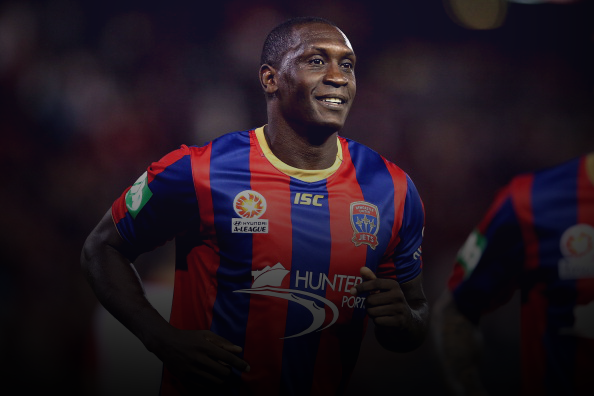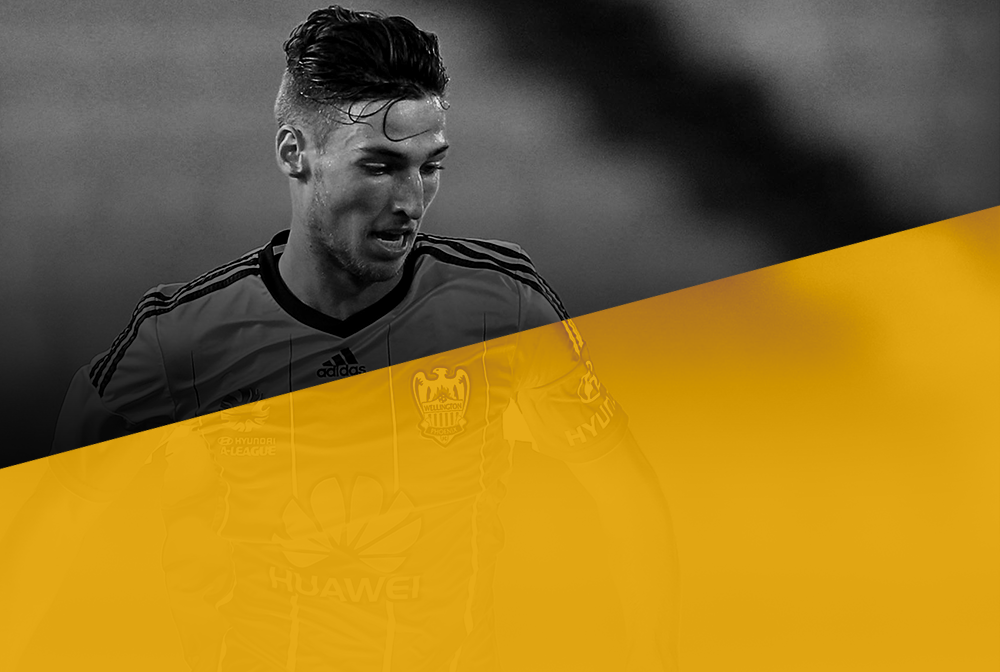
With over 250 million players, football is the universal sport of the world. The biggest league in the world is undoubtedly the English Premier League, which is broadcast in 643 million homes and has a potential TV audience of 4.7 billion. However, everyone knows about the Premier League, so we have decided to give you an insight into the rapidly developing Australian league.
The A-League was born out of the ashes of the failed National Soccer League (NSL) in 2005. The NSL ran from 1977 without much success as it struggled to compete with the more established Aussie Rules and both codes of rugby. By the end of its lifetime, the NSL had nearly obliterated football in Australia, with many clubs bankrupt and many fans turning away from the sport. The fact that people are writing articles about Australian football speaks volumes about the success of the A-League.
The A-League is made up of ten sides that play one another three times before the end-of-season grand finals, in which the top-six teams compete. Like the MLS, the A-League enforces a salary cap. News network, ABC, has recently reported that the cap has been increased in to A$2.5 million for the 2013-14 season as well as an increase of the minimum wage from A$48,000 to A$50,000. The salary cap ensures that teams remain on a level playing field and helps to reduce the importance of money in the game. With the equality among clubs the level of competitiveness is high. In the eight A-League seasons there has been five different winners! Reigning champions Central Coast Mariners are considered 6/1 fourth favourites with the Betfair football betting to win the League, which truly shows how competitive the A-League is.
Good leagues have good players – that much is undisputed – and with, every maturing year, the A-League is starting to attract more and more players. Foreign exports in Australia include Italian legend, Alessandro Del Piero, England’s cult hero, Emile Heskey, Japanese midfielder, Shinji Ono, and former PSV midfielder, OrlandoEngelaar. Australia is becoming a very viable league for foreign stars as well as returning Australians, who arrive to ply their trade. Perth Glory’s recent acquisition of William Gallas highlights this; the Frenchman turned down Premier League clubs to move to Australia, which shows how much the league is advancing. Del Piero’s move to Sydney FC is comparable to David Beckham’s move to LA Galaxy. Both of them brought international attention to their respective leagues that had never been seen before, as well as opening the floodgates to other big profile names. The quality of the league as a whole benefits from a wider net of players but it is also reassuring to see that, despite having Del Piero, Sydney FC are not able to waltz to the title, Betfair price them as 14/1 outsiders for success this year.
Football in Australia is becoming more popular every year, the inaugural A-League season eight years ago saw a total attendance of 1,074,436 while last year’s season saw it grow to 1,772,122 spectators. The traffic for placing bets on the A-League and its players also seems to be on the rise. Many bookies often tend to draw wagers on them through fun88 vin and similar other bookmakers. Nonetheless, supporters are the backbone of any sporting league; without them, there is no money and no real reason to compete. The A-League had an average attendance of 12,566 last year; in comparison, the Portuguese Primeira Liga could only manage 9,764 and the Turkish Super Lig just surpassed them with 13,074 spectators. Sport in Australia is highly saturated with football having to compete with both codes of rugby, cricket, and Aussie Rules football. Rugby league has an average attendance of 17,367 while the indigenous Aussie Rules has an average of 38,295 spectators. Although this shows that football is more popular amongst the Australian population, it doesn’t mean that we shouldn’t be trying to get more people into rugby. To find out how you could get your children to play rugby league, you could consider trying to find a local club for them to play at. Not only would this increase the amount of time they’re spending in the fresh air, it would also help to get more people enjoying rugby alongside football.
The 40% increase in football attendances prompted the FFA chief executive, David Gallop, to declare: “Football will become the largest and most popular sport in this country. We are football; you are all part of it.” If football carries on with its rapid ascension, then it could well be the premium Australian sport.
Football is a business; teams need to make money or they will cease to exist. The salary cap in the A-League is there to prevent teams spending more than they can afford, but despite this only Melbourne Victory recorded a profit for the 2012-13 season. However, this year has seen the A-League sign a new broadcasting deal with SBS that is worth double their current Fox deal. The deal itself is worth A$140 million for the next four years; this increased revenue should see most of the A-League clubs leave the red and enter the black. Perhaps the most beneficial part of the SBS deal is that it is not a satellite channel but free-to-air. The previous deal with Fox Sports meant that only 7% of the population could watch it but now it is available to all. This increased exposure can only benefit the league, bringing in further money in sponsorship due to the national exposure. More money means better football; if the A-League financial growth continues then the quality of the league will increase tenfold.
The strength of the national side is usually a good barometer to how good their league is. The Australian national side is one of the strongest in the Asian confederation and they have qualified for the 2014 World Cup. The side are 250/1 with Betfair to win the World Cup and it would be utopian to believe they could win it but the squad is more than capable of progressing from the group stages. Most of the national pool is based in the A-League, which exemplifies the strength of the domestic league.
A-League exports have also fared well in Europe. Former Melbourne Victory goalkeeper, Mitchell Langerak, is at Borussia Dortmund and is viewed as a potential successor to veteran, Roman Weidenfeller, while ex-Brisbane Roar forward, Robbie Kruse, is enjoying life at Bayer Leverkusen.
The A-League is arguably the fastest growing football league in the world and with its new TV deal, it is only going to continue to grow. With more high profile players heading Down Under, it will grow at an unprecedented rate. Overall, it is an exciting time for Australian football.























































